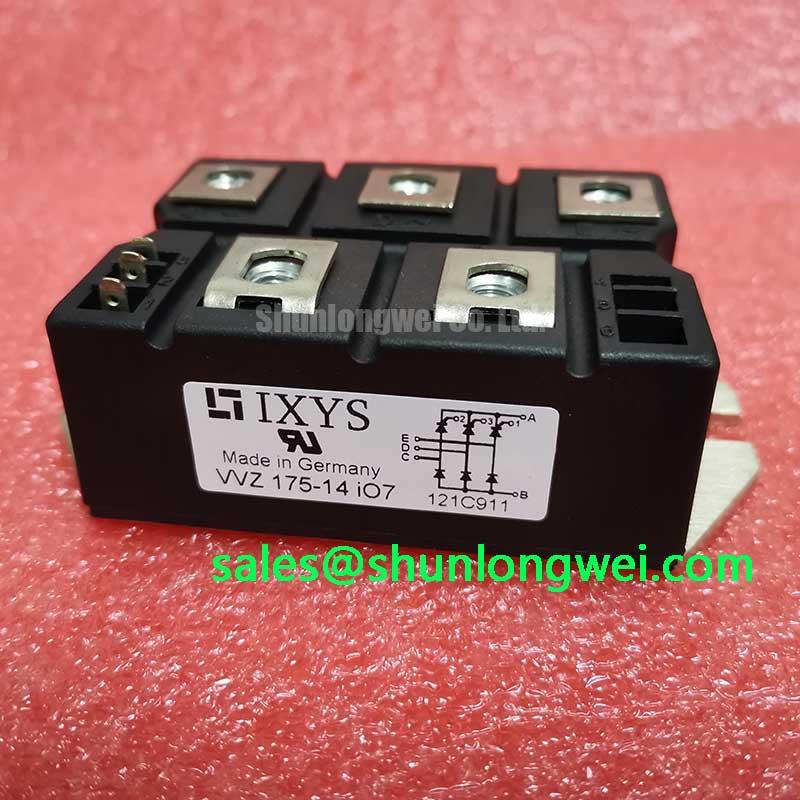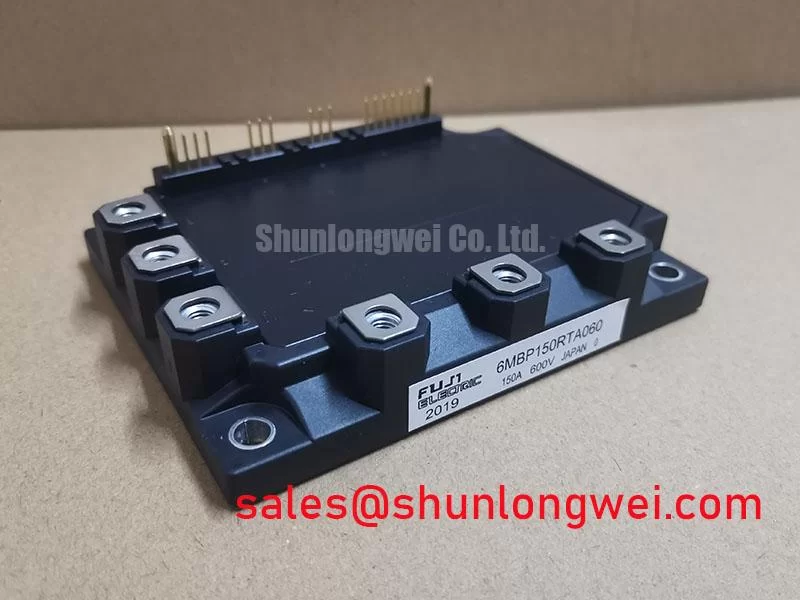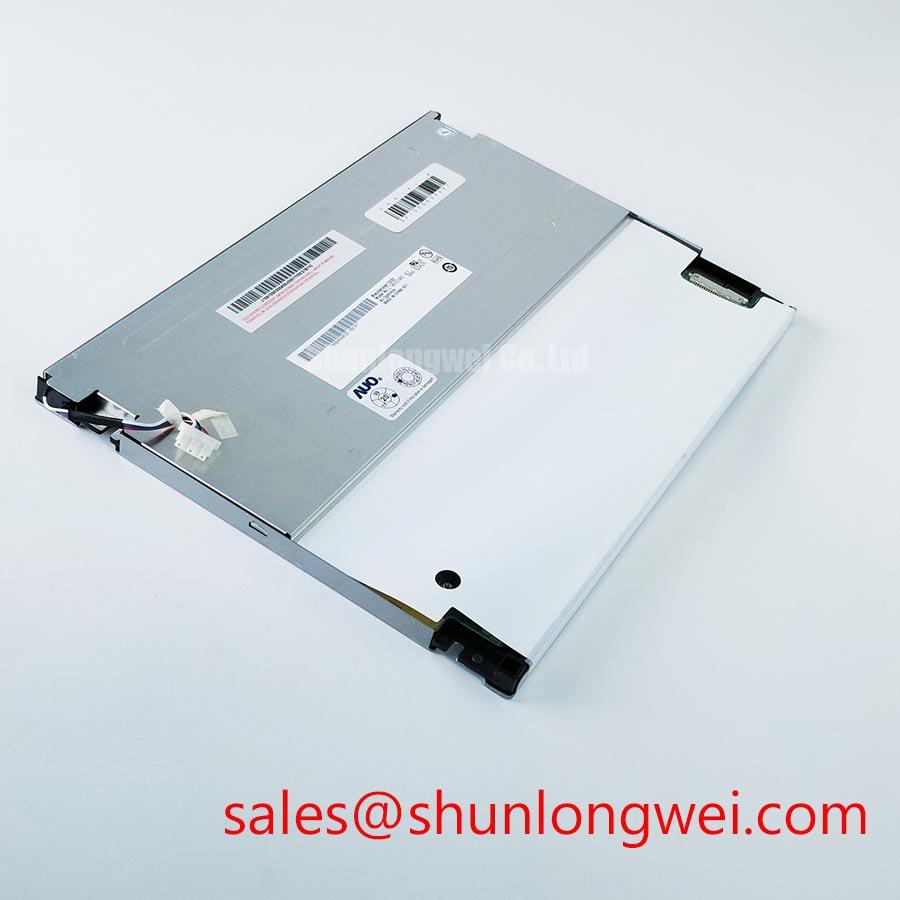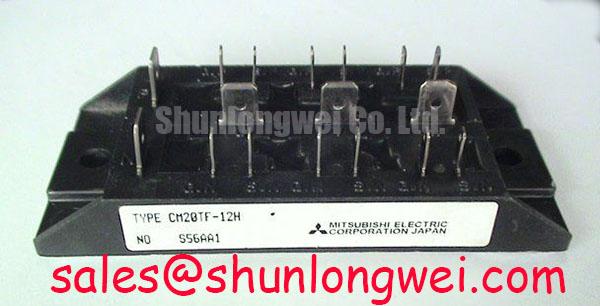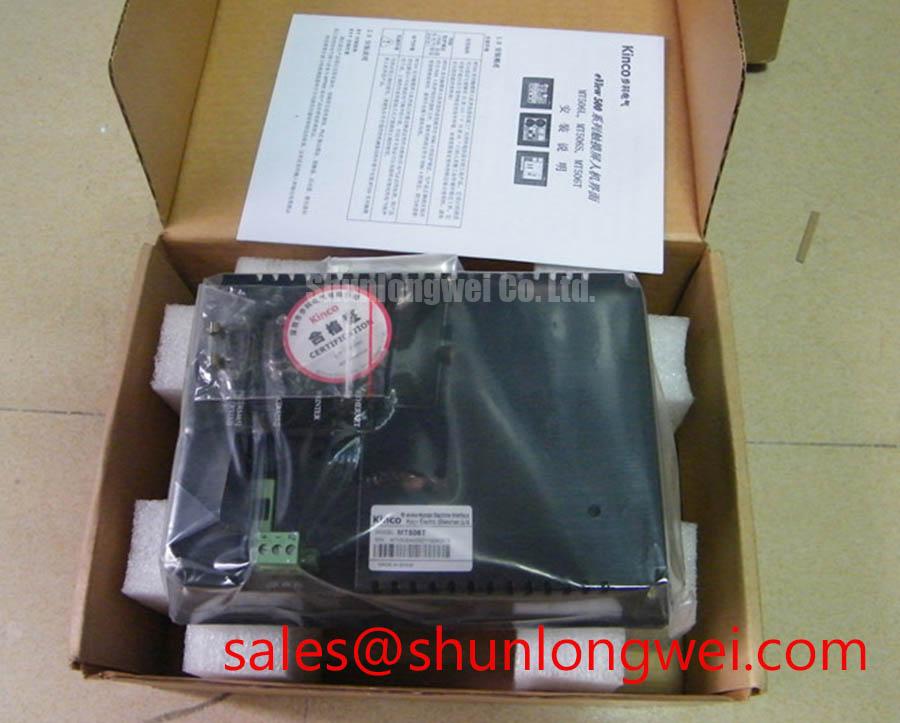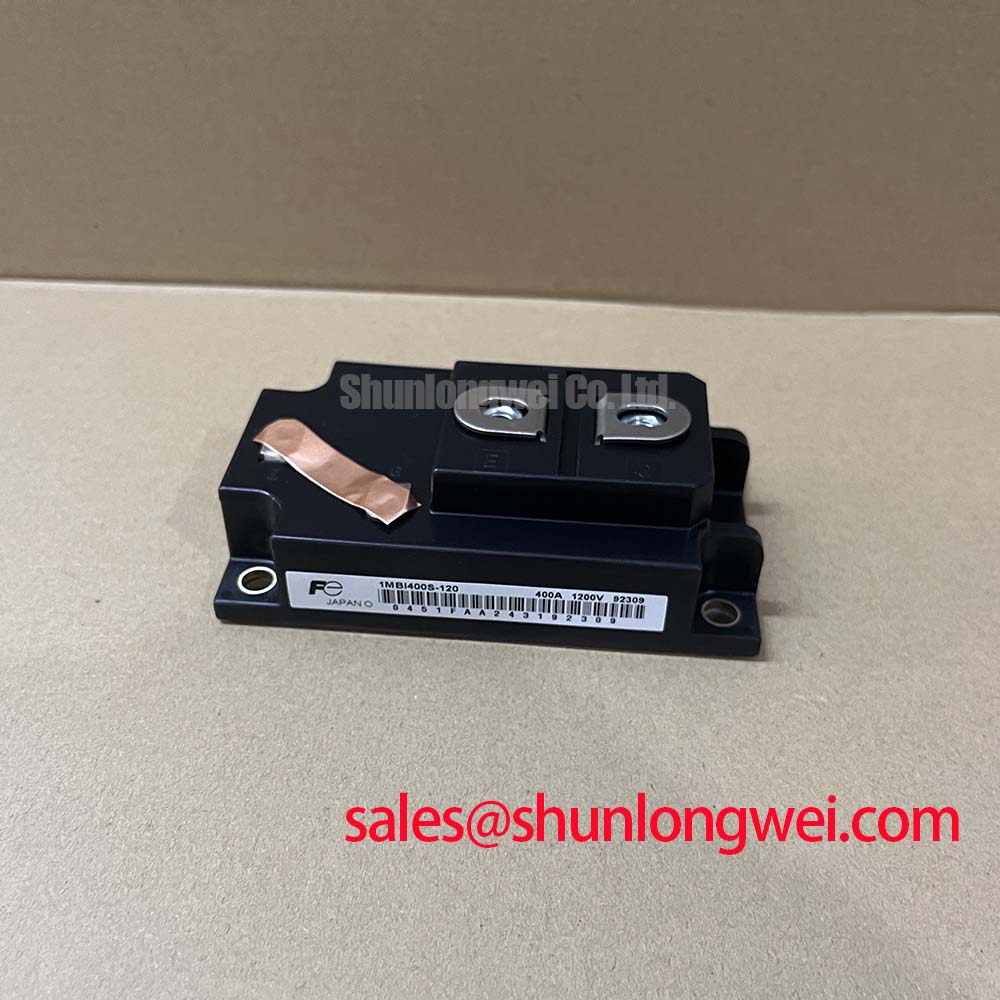LWH150G1202 IGBT Module | 1200V 150A for High-Efficiency Power Conversion
An In-Depth Engineering Review of the LWH150G1202 Half-Bridge Module
Content last revised on October 5, 2025.
The LWH150G1202 is a 2-in-1 half-bridge IGBT module engineered to deliver superior efficiency in demanding power conversion systems. Its core value proposition is rooted in its exceptionally low collector-emitter saturation voltage, which directly minimizes conduction losses and simplifies thermal design. With primary specifications of 1200V | 150A | VCE(sat) 1.80V (typ. at 125°C), this module offers tangible engineering benefits, including higher system efficiency and a reduced thermal load. For engineers asking how to reduce conduction losses in their inverter designs, the LWH150G1202 provides a direct solution through its advanced low-loss chipset. Best fit for cost-sensitive industrial motor drives and power supplies up to 75kW where minimizing conduction losses is a primary design objective.
Application Scenarios & Value
System-Level Benefits in Industrial Motor Drives and Power Supplies
The LWH150G1202 IGBT module is strategically designed for applications where operational efficiency and long-term reliability are critical. Its primary application is in three-phase industrial motor drives, where it serves as the core switching element in the inverter stage. In a high-fidelity engineering scenario, consider a 50kW variable frequency drive (VFD) operating in a factory with elevated ambient temperatures. The module's low typical VCE(sat) of 1.80V at a junction temperature of 125°C becomes a decisive factor. This low on-state voltage drop directly reduces the power dissipated as heat during the conduction phase, which often dominates the total losses in motor drives operating at lower switching frequencies (e.g., 2-8 kHz). The direct engineering value is twofold: first, it allows for a smaller, more cost-effective heatsink, reducing both material cost and overall system volume. Second, by lowering the operating junction temperature, it enhances the module's lifetime and reliability under strenuous industrial conditions.
Other key applications include:
- Uninterruptible Power Supplies (UPS)
- Solar and Wind Power Inverters
- Welding Power Supplies
- General-purpose power conversion systems
What is the primary benefit of its low VCE(sat)? Minimized conduction losses, leading to higher efficiency and reduced cooling requirements. While this 150A module is ideal for mid-power systems, for applications demanding higher current, the related 2MBI200NB-120 offers a 200A rating within a similar voltage class.
Key Parameter Overview
Functionally Grouped Specifications for System Design
The technical specifications of the LWH150G1202 are tailored for robust and efficient performance. The parameters below are grouped by function to facilitate rapid evaluation for your design integration.
| Parameter | Symbol | Condition | Value | Unit |
|---|---|---|---|---|
| Absolute Maximum Ratings (Tj = 25°C unless otherwise noted) | ||||
| Collector-Emitter Voltage | VCES | - | 1200 | V |
| Continuous Collector Current | IC | Tc = 80°C | 150 | A |
| Pulsed Collector Current | ICM | tp = 1ms | 300 | A |
| Total Power Dissipation | Pc | Per IGBT, Tc = 25°C | 625 | W |
| Operating Junction Temperature | Tj | - | -40 to +150 | °C |
| Electrical Characteristics (Tj = 125°C unless otherwise noted) | ||||
| Collector-Emitter Saturation Voltage | VCE(sat) | IC = 150A, VGE = 15V | 1.80 (Typ.) | V |
| Turn-On Switching Energy | Eon | IC = 150A | 13.5 (Typ.) | mJ |
| Turn-Off Switching Energy | Eoff | IC = 150A | 16.5 (Typ.) | mJ |
| Thermal Resistance, Junction-to-Case | Rth(j-c) | Per IGBT | 0.20 | °C/W |
Download the LWH150G1202 datasheet for detailed specifications and performance curves.
Parameter Interpretation: The Collector-Emitter Saturation Voltage, VCE(sat), is a critical figure of merit. Think of VCE(sat) as electrical friction. A lower value, like the 1.80V of this module, means less energy is wasted as heat when the switch is on, similar to how a well-oiled bearing reduces friction in a mechanical system. This directly impacts the required thermal management solution. Furthermore, the Total Power Dissipation (Pc) of 625W defines the maximum amount of heat the module can transfer to the heatsink under ideal conditions, setting the upper boundary for the thermal design.
Technical Deep Dive
Balancing Conduction and Switching Losses for Optimal Performance
The design of any power semiconductor involves a fundamental trade-off between conduction losses (defined by VCE(sat)) and switching losses (defined by Eon and Eoff). The LWH150G1202 is deliberately optimized to favor low conduction losses. This makes it exceptionally well-suited for applications where the IGBT spends a significant portion of its time in the 'on' state or where the switching frequency is moderate. In industrial motor drives, where PWM frequencies are often kept below 10 kHz to minimize motor noise and losses, conduction losses represent the largest portion of the total power loss in the inverter. By minimizing VCE(sat), the LWH150G1202 directly addresses the most significant source of heat generation in these systems.
To understand the trade-off, consider switching loss as the energy spent opening and closing a heavy gate. While this module is highly efficient when the gate is fully open (low conduction loss), its specified switching energies (Eon/Eoff) indicate it is not intended for very high-frequency applications (e.g., >20-25 kHz), where this "gate-swinging" energy would become the dominant loss factor. This targeted optimization makes the LWH150G1202 a pragmatic and cost-effective choice for its intended application space, avoiding the higher costs associated with ultra-fast switching devices where their primary benefit cannot be fully realized.
Frequently Asked Questions (FAQ)
How does the typical VCE(sat) of 1.80V at 125°C for the LWH150G1202 benefit my design compared to modules with higher saturation voltages?
A lower VCE(sat) directly reduces power loss (Ploss = VCE(sat) * IC). A module with a VCE(sat) of 2.2V, for instance, would dissipate 22% more heat during conduction at 150A. This reduction in the LWH150G1202 allows for a smaller heatsink, potentially a lower-cost cooling system (e.g., forced air instead of liquid), and improves the overall reliability by maintaining a lower operating junction temperature for the same load current.
What is the role of the integrated Fast Recovery Diode (FRD) in this module?
The integrated FRD is the freewheeling diode essential for inductive loads like motors. It is co-packaged and performance-matched to the IGBT. This ensures optimized reverse recovery characteristics (low Irr and Qrr), which minimizes the turn-on energy (Eon) of the opposing IGBT in the half-bridge and reduces electromagnetic interference (EMI).
Is the LWH150G1202 suitable for hard-switching topologies, and what should I consider regarding its switching losses?
Yes, it is designed for standard hard-switching topologies. When evaluating it, your primary consideration should be the operating frequency. Calculate the total power loss by summing the conduction loss and the switching loss (Psw = (Eon + Eoff) * f_sw). For your specific application, ensure this total loss, combined with the module's thermal resistance (Rth(j-c)), results in a junction temperature that remains well within the safe operating area under worst-case ambient conditions.
Engineering Inquiries and Project Evaluation
For technical inquiries, volume pricing, or to discuss the integration of the LWH150G1202 into your power system design, please contact our technical sales team for expert consultation.














